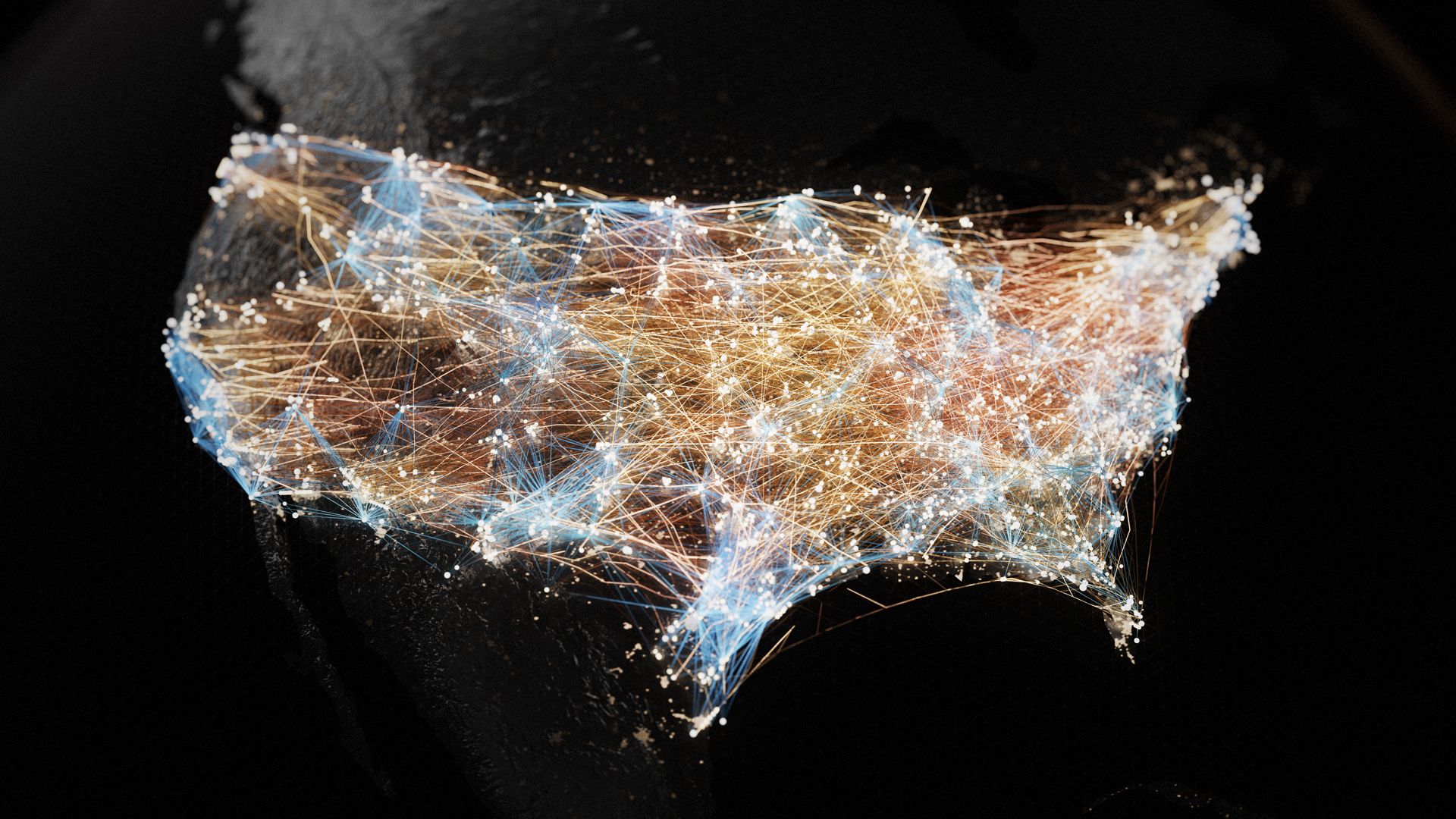Nvidia CEO Jensen Huang is breaking tradition today, delivering his signature GTC keynote from Washington D.C. instead of Silicon Valley - a strategic move initially planned to host President Trump before his Asia tour intervened. The timing couldn't be more critical as US-China AI tensions reach a boiling point and investors seek clarity on the chipmaker's geopolitical positioning.
Jensen Huang stepped onto a Washington D.C. stage today for what may be Nvidia's most politically charged GTC conference yet. The venue switch from Silicon Valley to the nation's capital wasn't coincidental - Huang had initially relocated the entire event hoping President Trump would attend, according to CNBC's pregame coverage.
Trump's absence due to his five-day diplomatic tour through Malaysia, Japan, and South Korea actually amplifies the event's geopolitical undertones. The president is expected to meet Chinese President Xi Jinping during this tour, potentially setting the stage for new semiconductor trade agreements that could directly impact Nvidia's bottom line.
The timing creates a perfect storm of uncertainty for investors. Back in August, the Trump administration struck a deal allowing Nvidia and AMD to continue selling computing chips to China, but with a steep price - both companies must share 15% of their China revenue with the U.S. government. That arrangement already squeezed margins on what was previously Nvidia's most lucrative international market.
Then Beijing fired back in September, prohibiting major Chinese tech companies from purchasing AI chips from Nvidia entirely. The ban effectively locked the chipmaker out of a market worth tens of billions annually, forcing investors to recalculate Nvidia's growth trajectory just as AI demand was hitting fever pitch globally.
Huang's D.C. keynote comes as the semiconductor industry finds itself at the center of an escalating tech cold war. While Nvidia has dominated AI chip development, the company's future increasingly depends on navigating the rocky relationship between its two largest markets - the U.S. and China.
Industry insiders are watching for any hints about Nvidia's strategy to offset Chinese market losses. The company has been aggressively expanding partnerships with European and Middle Eastern cloud providers, but nothing yet matches the scale of Chinese tech giants like Alibaba and Tencent that were previously major customers.












